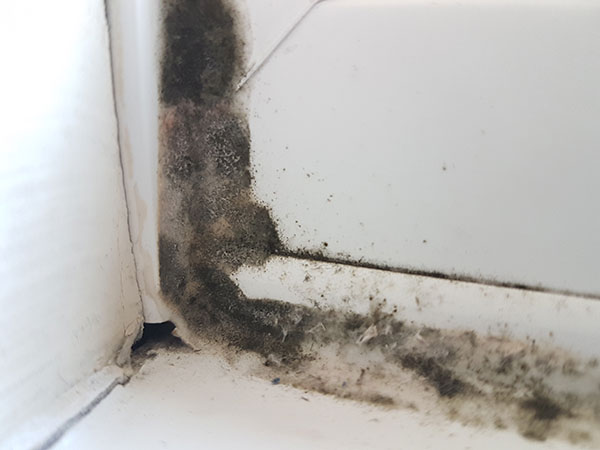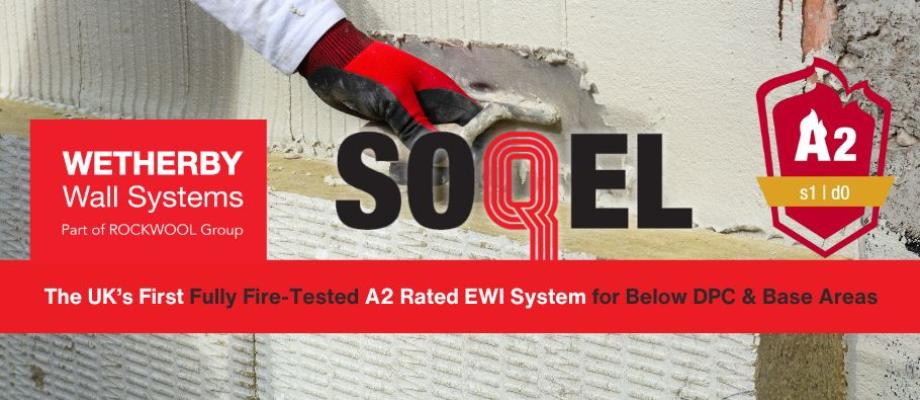Airtech urges landlords to ensure good IAQ as Awaab’s Law takes effect

With Awaab’s Law coming into force on 27 October 2025, condensation and mould specialists, Airtech, are encouraging social housing landlords to ensure ventilation systems in their properties are regularly serviced to maintain good indoor air quality (IAQ) for tenants. Ventilation systems require regular servicing to keep them clean and operating efficiently, helping protect residents from the harmful effects of damp and mould and so supporting landlords in meeting their new legal duties under Awaab’s Law. To help social housing providers, Airtech provides landlords with options to service both individual properties and entire housing stocks.

















